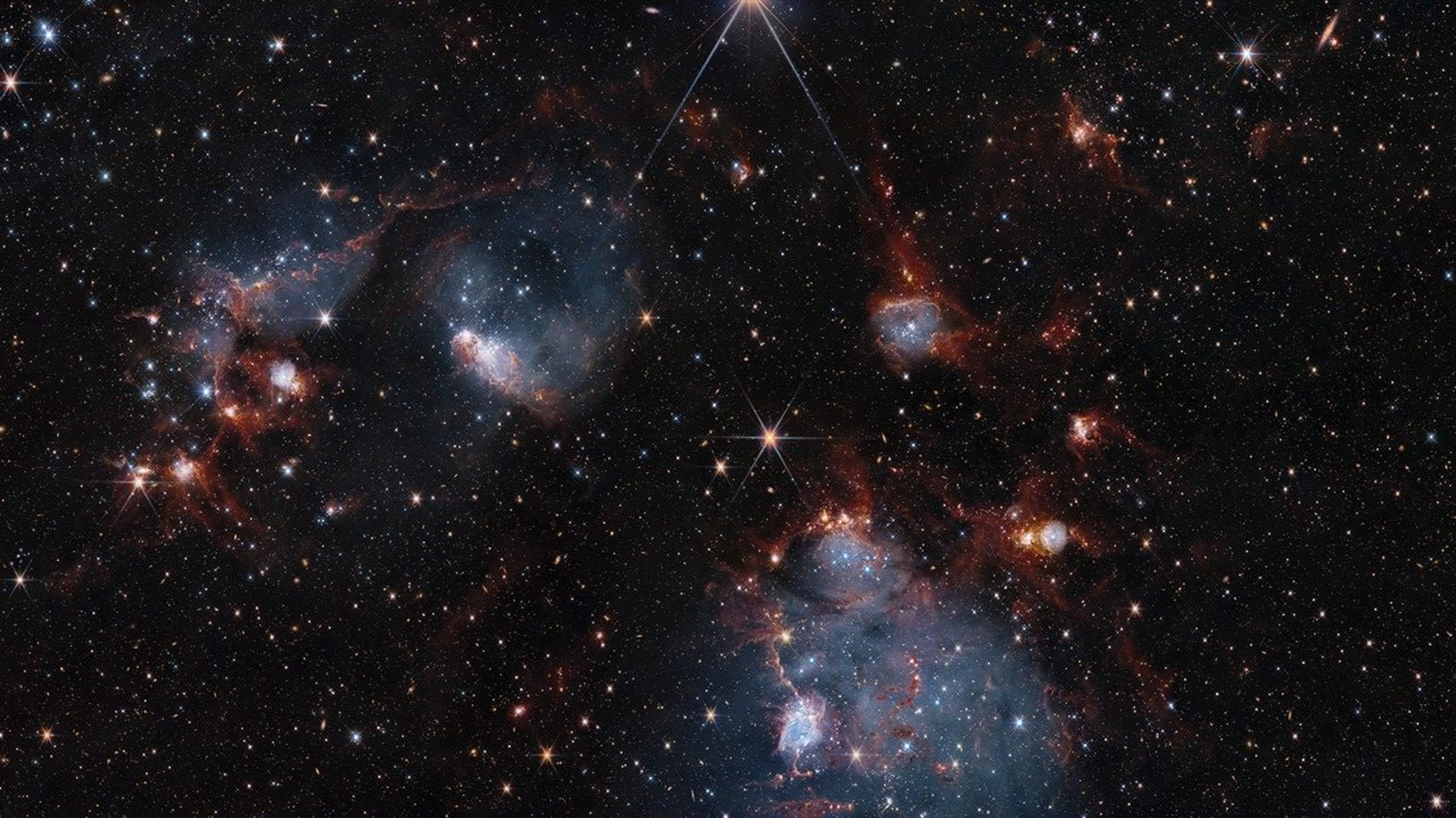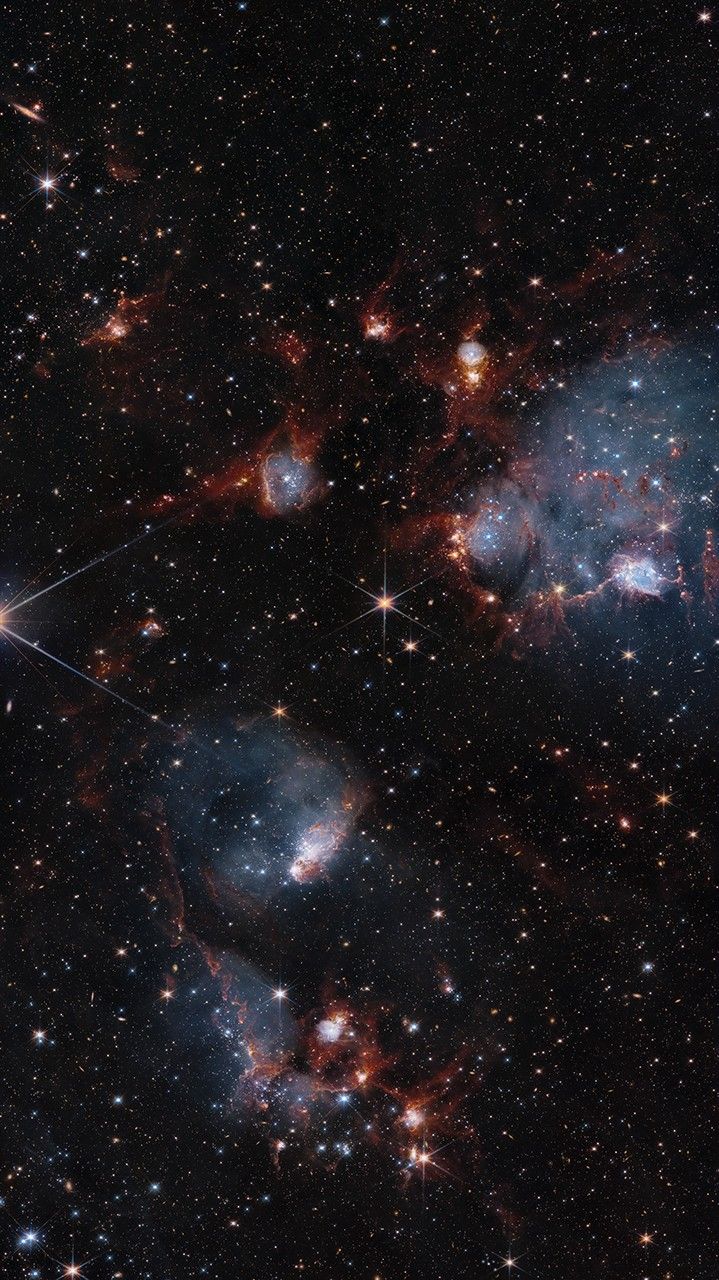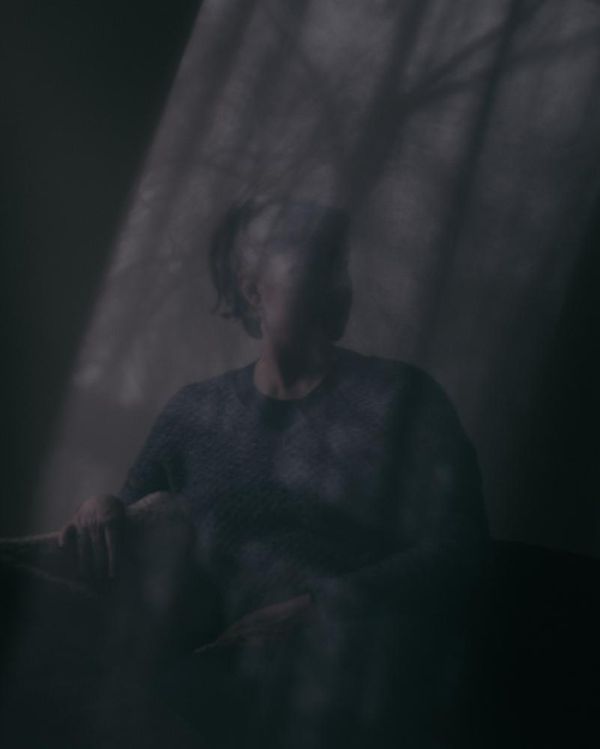
A new 527-megapixel image captures two open star clusters, NGC 456 and NGC 460, orbiting our Milky Way galaxy. The image uses two different telescopes, the Hubble Space Telescope and the James Webb Space Telescope, to show the intricate details of both clusters.
What is it?
This composite picture combines Hubble's optical observations with James Webb's near-infrared imagery, showing new details into the region's complex interstellar landscape. Hubble's optical view highlights the glowing ionized gas, sculpted into blue-tinted bubble-like cavities.
In contrast, Webb's infrared view shows dust-rich red filaments, which appear dark in the Hubble's telescope but light up in JWST's lens.
Where is it?
Both NGC 456 and NGC 460 are found in the Small Magellanic Cloud, a dwarf galaxy that orbits the Milky Way.

Why is it amazing?
By comparing the radiation from each galaxy using both visible light and infrared wavelengths, scientists can study how hot young stars, around only 1 to 10 million years old, shape their environment. The astronomers can use both telescopes to see how gas and dust converge during stellar growth.
The region that these two star clusters are in harbors rare O-type stars, which are large, hot stars that burn hydrogen, as our sun does. Astronomers believe that out of the 400 billion stars in our Milky Way, only 0.0005%, or 20,000 stars, are O-type stars.
Want to learn more?
You can read more about about the Hubble Space Telescope, the James Webb Space Telescope, and star clusters as astronomers continue to look at the night sky.







